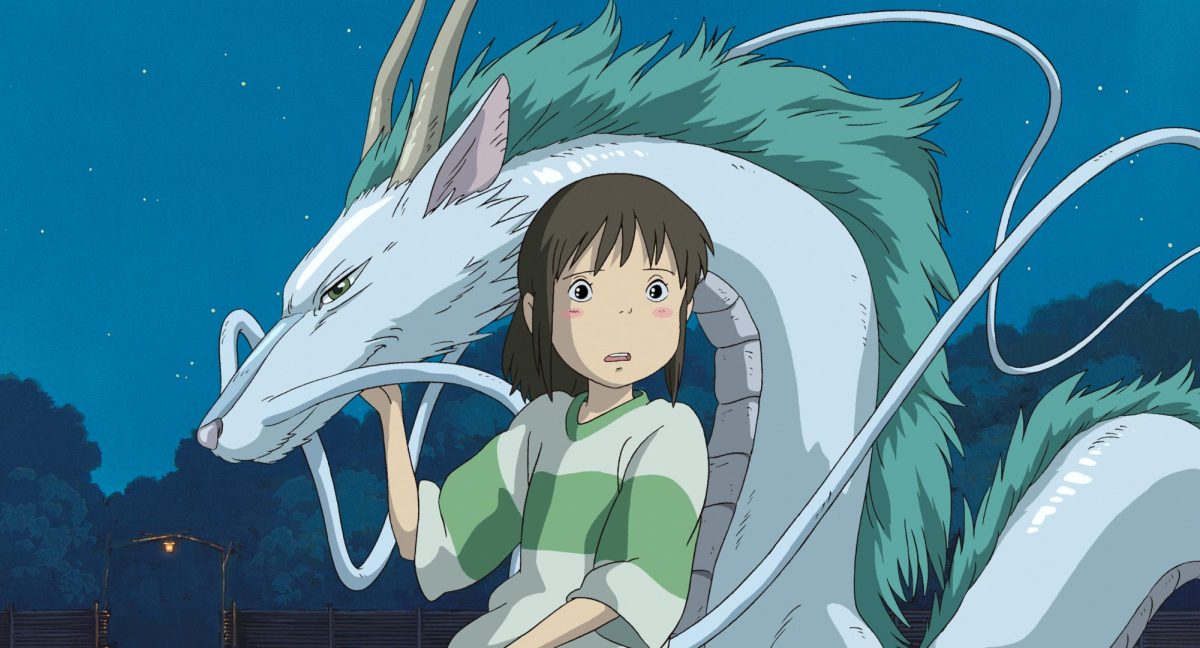About 30 students watched as Julia Kornfield, a chemical engineering professor from the California Institute of Technology, discussed a new breakthrough in eye surgery that will restore full vision without multiple surgeries.
The research from CIT might help the 14 million people who undergo cataract eye surgery worldwide every year by using an adjustable lens that can be altered after surgery.
For years, millions of people have had surgery to eliminate clouding of the lens in the eye, which happens as people age. During surgery, optometrists remove the clouded lens and secure a new synthetic one in its place. However, if the lens is put in the wrong place or moves after surgery, the lens can shift and disrupt the eye’s ability to properly focus light, and the patient subsequently requires glasses after the surgery.
“Imperfections in wound healing and lens placement create refractive errors8212;farsightedness, nearsightedness and astigmatism,” said Kornfield, one of the scientists on the team that developed the new type of lens.
Kornfield talked to interested U students about the new procedure at the Chemical Engineering Distinguished Lecture Series on Dec. 9.
Chemical engineering professor Jules Magda, who hosted the lecture series, said that Kornfield was brought in to introduce students to new and innovative research being done in their field.
“We want to expose our students to the top speakers doing engineering and science research around the world,” Magda said. “And also to foster contacts with researchers here and researchers elsewhere in the world.”
With help from fellow professors at CIT and the University of California-San Francisco, Kornfield was able to develop a light-sensitive material that could change its shape in response to a certain kind of light.
After these materials are exposed to a specific frequency of light, they form into a structure and expand slightly, which allows them to shape part of the lens.
“This idea is very conducive to tailoring a lens,” Kornfield said. The placement of these new photosensitive lenses is the same as in normal cataract surgery.
The surgeon cuts through the cornea, and after removing the old lens, places the new piece in its place and the eye can heal.
The surgeon then shoots a cool, low-intensity beam of light on the lens in locations that will eliminate errors through computer-controlled movement of the laser.
After the entire lens is exposed, it hardens and maintains its shape, eliminating the chance of sunlight altering the shape of the lens later in life.
With the ability to alter the lens while it’s inside the eye, surgeons can correct any errors noninvasively and without the need to cut into the eye.
The procedure has yet to be cleared for use in the United States but has been used in Europe.
Kornfield said people suffering from cataracts that wish to undergo the new procedure in the United States could expect to wait for a few years.
















